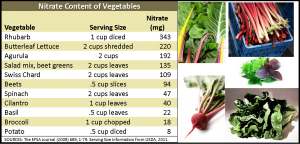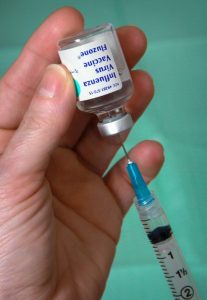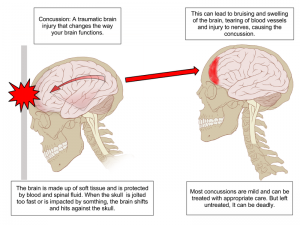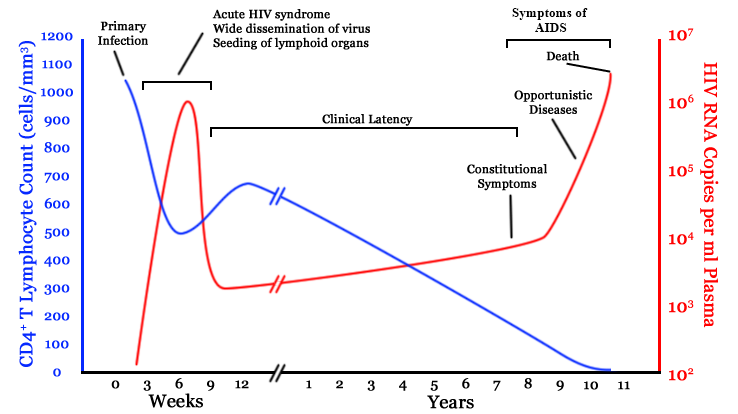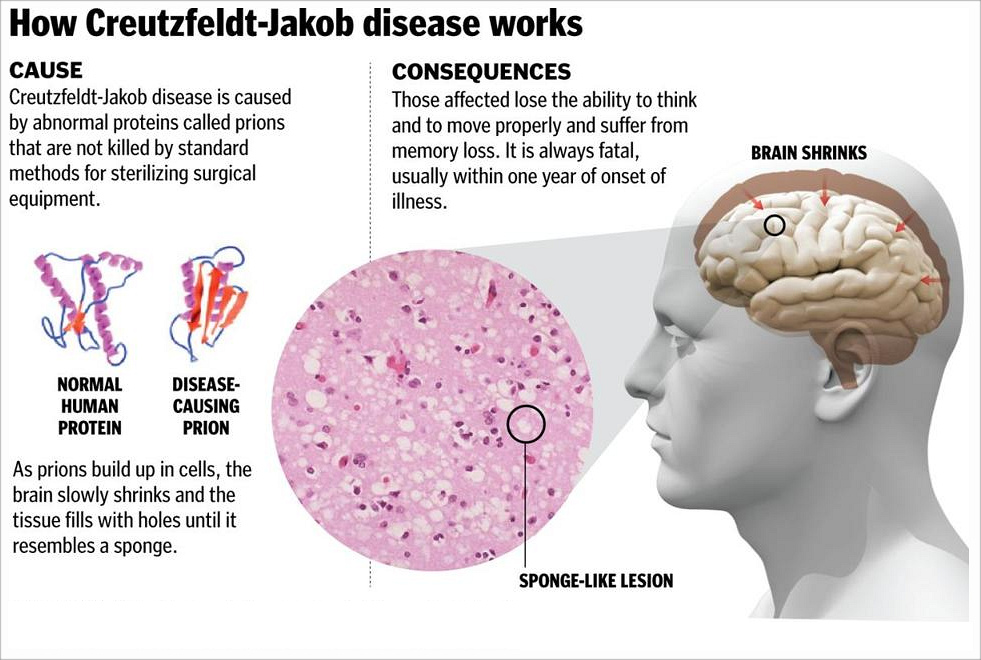
Figure 1: The global water crisis. Author: MrGauravBhosle from Wikimedia. Source: https://commons.wikimedia.org/wiki/File:Water-crisis.jpg
Nowadays, people around the globe are facing a huge problem with the clean water crisis. More than 36 countries in the world cannot provide drinkable water resources to their citizens. However, the good news is scientists have already found a technique to extract drinkable water from seawater, which saves many people around the world.
The basic idea of this technique is called “seawater reverse osmosis.” By using energy to force the seawater pass through a special membrane which can only allow water molecules to go through, the clean drinking water can be extracted from the general seawater. Furthermore, the remaining salt and other types of heavy metals or minerals will be left on the other side of the membrane. However, the biggest problem is that in the remaining salts and metals solution, which also called “Brine” solution, is highly toxic, and can also cause serious damaging to the local environment. Figuring out how to deal with this problem had been the biggest challenge for Chemists and Ecologists for decades.
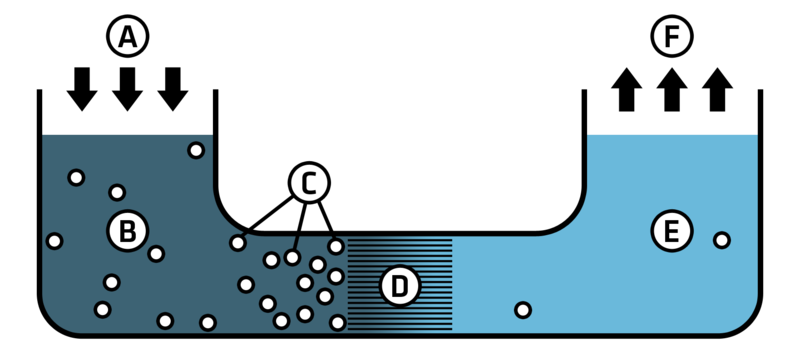
Figure 2: The seawater reverse osmosis system. Description:” A – Applied pressure B – Seawater in C – Contaminants D – Semi-permeable membrane E – Potable water out F – Distribution.” Author: Colby Fisher from Wikimedia. Source :https://commons.wikimedia.org/wiki/File:Simple_RO_schematic.png
Recently, the problem had been solved by the finding of one special type of Bactria. Such bacteria will create electrical charges during metabolism. If we can mix the bacteria with the Brine solution, the electrical charges can combine with the metals which usually carry positive charges in the aqueous environment. After accumulating and precipitation, the metals can be extracted from the brine solution, and the remaining materials are safe again to be released back to the ocean without damaging the environments.
However, the remaining metals which had been accumulated and precipitated by the bacteria can be used in so many ways. In the seawater, more than 40 types of minerals and metals are present, and most of them are very precious for many industries and medical companies. Also, in a lot of countries that have less natural resources, such as Japan, Korea, Singapore, UK…etc. Mining metals can cost a serious amount of money. For example, Mining Magnesium in Singapore can cost 4.5 billion dollars a year, which is a huge part of the outcome.
By using bacteria to accumulate metals from seawater, much less money can be spent, and the percentage yield of this technique is also very high. Pure products can be achieved without risking miners’ life, which is also a big improvement in our modern society.

In the future, more and more biomining techniques will be applied to our daily life, and the win-win situation can also be achieved. Not only can we solve the global water crisis problem, but also can help many countries to use a cheaper price to have more mining resources.
Reference:
- Components of Seawater: http://www.seafriends.org.nz/oceano/seawater.htm
- Biomining costs: http://web.mit.edu/12.000/www/m2015/2015/bioleaching.html
- TED Talks — Damian Palin: https://www.ted.com/talks/damian_palin_mining_minerals_from_seawater/transcript





